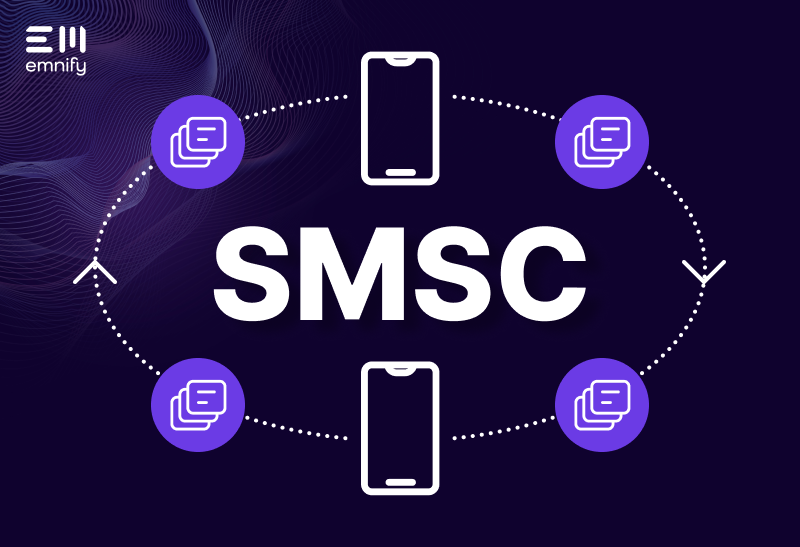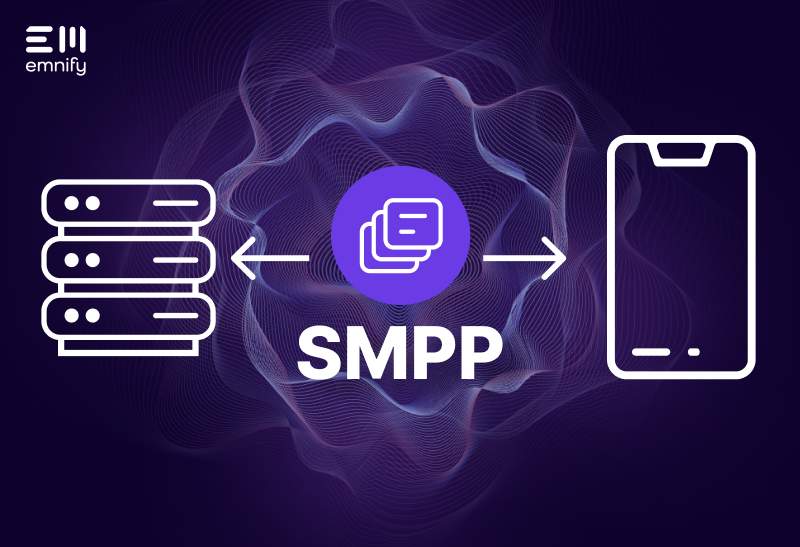

Quick definition: SMSC stands for short message service center. It’s the part of a wireless network that facilitates short message service (SMS) communications between devices on the network. Text messaging and many Internet of Things applications depend on SMSCs to relay communications from one device to another.
When a device sends an SMS message, it goes to the SMSC first, and then the SMSC forwards it to the intended recipient. If the recipient is unavailable (usually meaning the device is off or doesn’t have service), then the SMSC will store the message until either the device becomes available again or the SMS expires.
An SMSC is essentially a mediator between two endpoints on a network. When a device attempts to transmit via SMS, it initiates a Short Message Peer-to-Peer Protocol (SMPP) session with the SMSC to define the interaction between the devices. Applications (such as business texting software or a telematics program) can communicate with an SMSC as well, but they use an SMS gateway or SMPP gateway to establish the connection.
Every SMSC has its own phone number, which cellular devices store in their SIM cards. (This is part of how a Subscriber Identity Module (SIM) allows a device to connect and function on a particular network.) Technically, when you send a text message from one cell phone to another, you’re actually texting the SMSC’s number, and the SMSC forwards the text to the number you intended to reach.
When two endpoints are on separate networks, an SMS gateway allows the two networks’ SMSCs to relay communications. The transmission flows from an endpoint to the SMSC on its network, to the SMS gateway, to the other network’s SMSC, and then to the intended recipient.
SMSCs and IoT
For Internet of Things (IoT) manufacturers, it helps to understand how the components of wireless networks relate to your IoT application and impact development. In order to communicate with a network’s SMSC, you’ll need to enable your application to use Short Message Peer-to-Peer Protocol (SMPP). This is a complex protocol that can be difficult to work with.
At emnify, we simplify SMS communication with our RESTful API. This enables your devices to communicate over SMS using JavaScript Object Notation (JSON), and you don’t have to worry about SMPP.
The other key thing to understand about SMSC and the Internet of Things: IoT applications are often designed to go into “rest” mode or take advantage of other power-saving features to extend their battery life. Anytime your device is unavailable, the SMSC will store incoming SMS communications until it becomes available again or the message expires. In some instances, you can define the expiration period for these messages, but the SMSC may have it’s own parameters as well.
Each SMSC is associated with a specific Mobile Network Operator (MNO). If your device moves from one network to another while it’s unavailable, the SMSC that first receives a message will store it, then forward it (through an SMS gateway) to the SMSC your device is connected to when it becomes available again.
This basic network functionality is one of the components that allows IoT devices to work globally and work in a truly mobile environment.
Does your IoT device need to use SMS?
If your IoT device relies on cellular connectivity, it’s probably going to use SMS to transmit and receive information.
emnify is an IoT communication platform. Not only do we enable IoT manufacturers to take advantage of cloud native connectivity, but we also facilitate SMS communications for your IoT device. Want to communicate with SMSCs without the hassle of SMPP? Take advantage of our RESTful API.
We provide complete end-to-end connectivity for your devices, so you can focus on building excellent products and service.
Get in touch with our IoT experts
Discover how emnify can help you grow your business and talk to one of our IoT consultants today!

Christian Henke
If you want to understand how emnify customers are using the platform Christian has the insights. With a clear vision to build the most reliable and secure cellular network that can be controlled by IoT businesses Christian is leading the emnify product network team.



